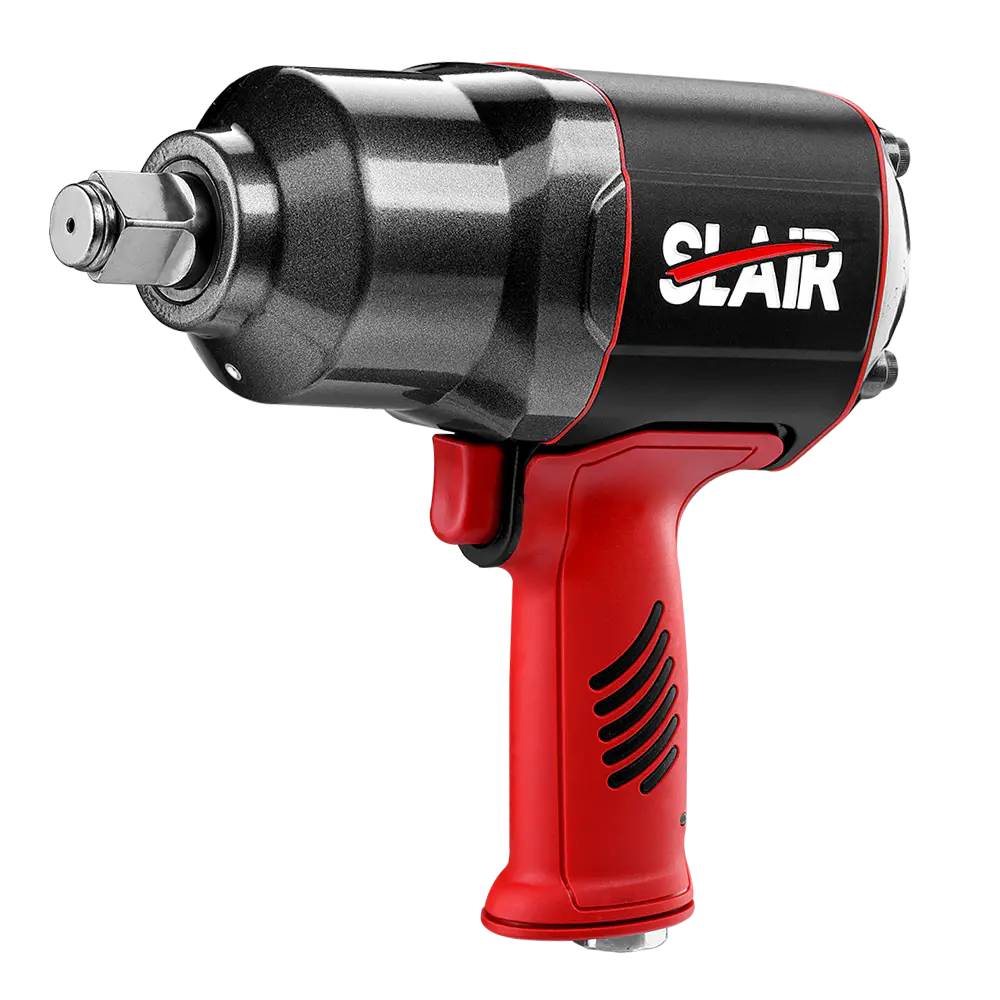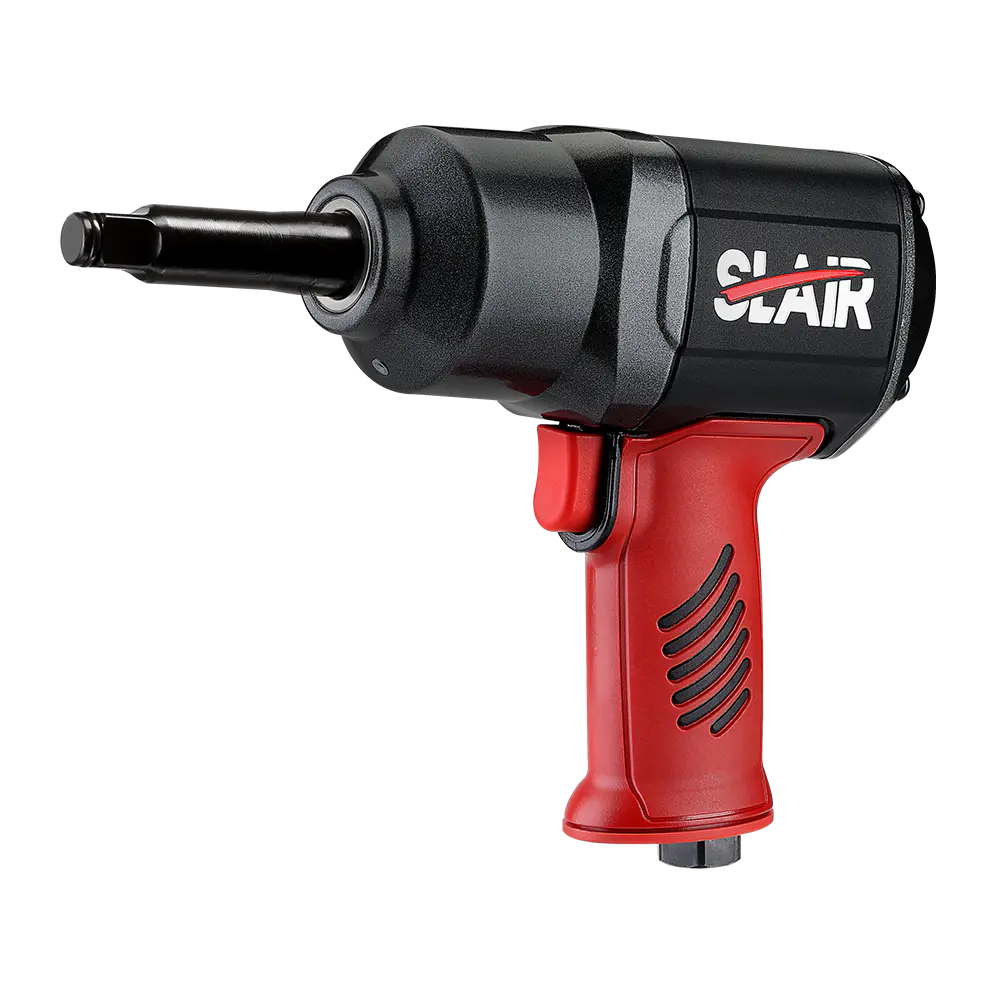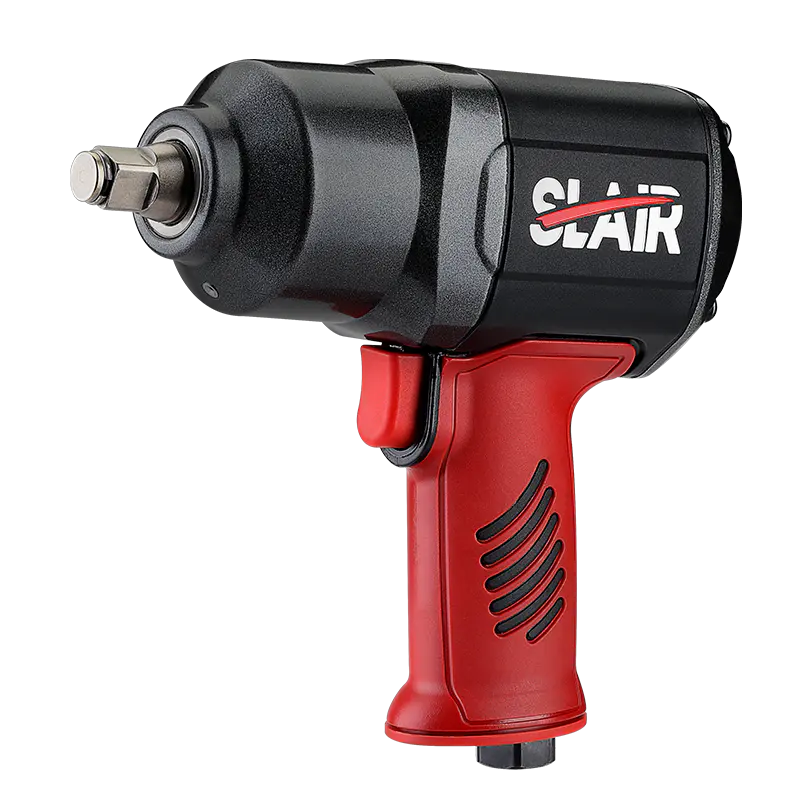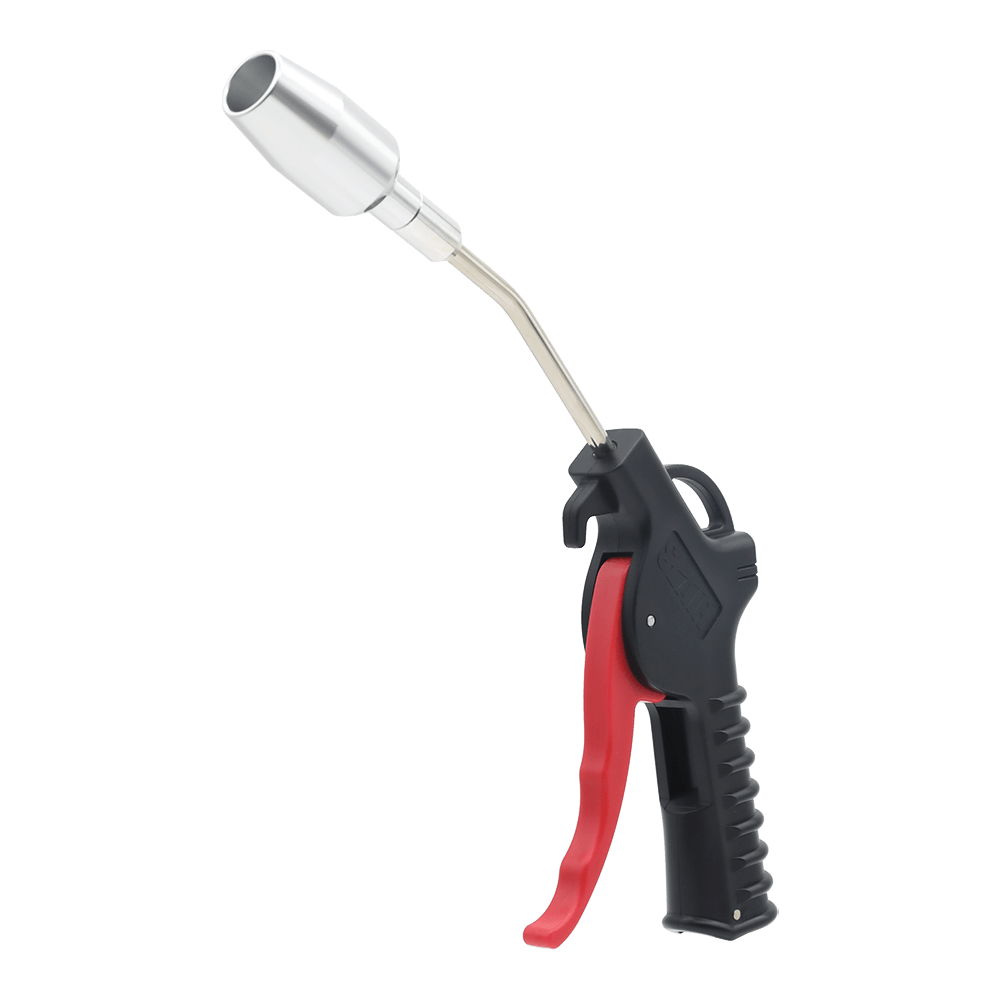The nozzle design is paramount when using an Air Blow Gun for cleaning in restricted spaces. Specialized nozzles such as needle tips, tapered, precision, or high-velocity jets focus the compressed air into narrow, concentrated streams that penetrate confined areas effectively. Needle nozzles, with their extremely fine openings, are engineered to direct a powerful blast into bolt holes, narrow gaps, or internal cavities without causing damage. Tapered nozzles optimize airflow velocity by reducing the outlet diameter, which increases air speed and shear force, enhancing the tool’s ability to dislodge stubborn particles or liquid droplets. The geometry of the nozzle directly influences how well the Air Blow Gun can maneuver through tight spatial constraints and how precisely it can target contaminants, thus improving cleaning efficacy in complex assemblies.
Operating pressure and airflow are critical parameters that determine the Air Blow Gun’s cleaning effectiveness in tight spaces. Typically, these guns operate within a range of 30 to 120 psi, where higher pressures generate more forceful air streams capable of removing adhered dust, moisture, or debris from surfaces and crevices. However, the relationship between pressure and flow rate is equally important—higher pressure combined with optimized flow control results in jets with sufficient velocity and momentum to penetrate deep into confined areas. Modern Air Blow Guns often incorporate flow regulators or variable triggers, enabling users to modulate output precisely. This feature prevents excessive pressure that could damage delicate components or cause debris to scatter uncontrollably, while ensuring adequate power to clean confined spaces effectively.
To reach areas inaccessible to standard nozzles, many Air Blow Guns are compatible with a variety of extension tubes, flexible hoses, and angled or swivel nozzles. Extensions can vary from a few centimeters to several feet, allowing users to reach inside deep cavities such as engine blocks, HVAC ducts, or electronic enclosures without disassembling equipment. Flexible or articulated nozzle attachments provide additional maneuverability by bending around corners or obstacles. This adaptability significantly enhances the Air Blow Gun’s versatility and effectiveness in complex environments where straight-line access is impossible. The availability and selection of these accessories are crucial considerations for users aiming to maximize cleaning reach while minimizing downtime and equipment disassembly.
The physical size and ergonomic design of the Air Blow Gun affect its usability in constrained workspaces. Models with compact, lightweight bodies and ergonomic grips enable operators to manipulate the tool comfortably within tight quarters, reducing fatigue during prolonged use. Features such as side-mounted air inlets or pistol-grip designs minimize obstruction and provide better hand clearance around nearby components. Reduced tool length and slim profiles facilitate easier positioning and improved precision when working near sensitive equipment. Ergonomics directly influence both the operator’s efficiency and the quality of cleaning, particularly in industries such as electronics manufacturing, automotive repair, and precision machining where access is limited.
The Air Blow Gun’s efficacy varies with the nature of the contaminants targeted. For dry particles like dust, metal shavings, or loose debris, the compressed air stream can easily lift and expel contaminants from confined zones without physical contact, preventing surface abrasion. In contrast, liquid contaminants—including oils, coolants, or condensed moisture—present a greater challenge due to adhesion and surface tension effects. High-velocity jets with sufficient air pressure are needed to break the liquid’s grip on surfaces and propel droplets out of cavities. In some cases, the Air Blow Gun is used in tandem with absorbent materials or vacuum extraction systems to ensure complete removal of liquids.





 English
English 中文简体
中文简体 русский
русский Deutsch
Deutsch Português
Português Español
Español
















